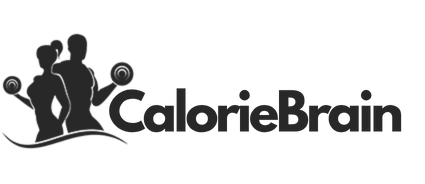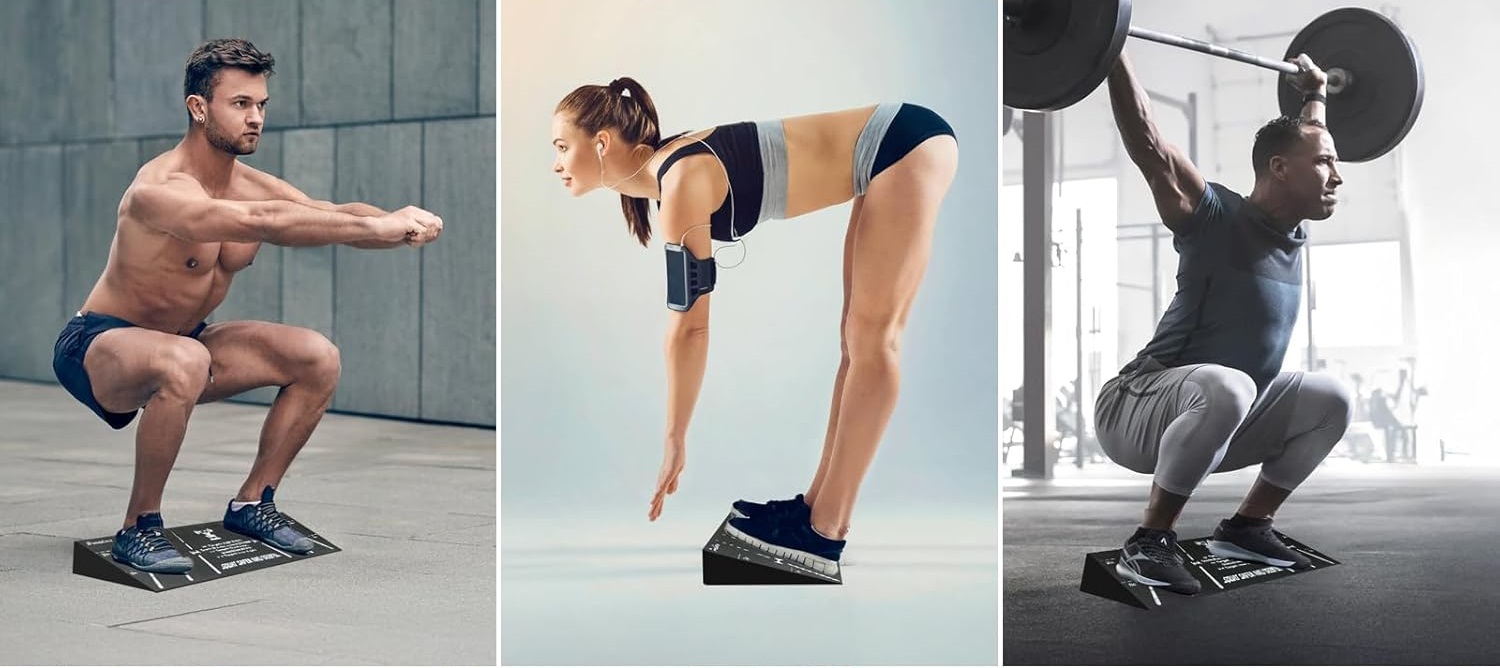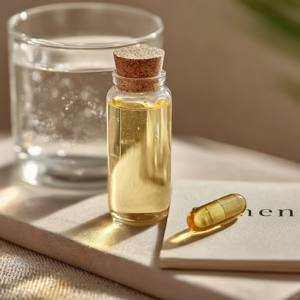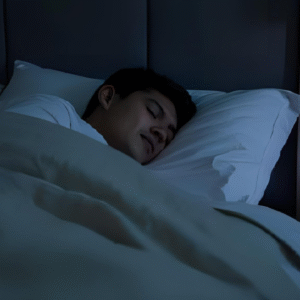Introduction
Let’s talk about something most lifters ignore until it’s too late: lower back pain.
Whether you’re deadlifting, squatting, or just trying to show off at the gym, your core and spine are under serious pressure. And no—your ego won’t protect you from injury.
But you know what might? A solid, well-designed weightlifting belt.
We found one that doesn’t just look the part — it actually performs.
This Greatshoot Professional Weightlifting Belt isn’t just gear — it’s a wearable safety upgrade for your entire workout.
1. What Does a Weightlifting Belt Actually Do?
Contrary to myth, a belt doesn’t magically make you lift more. What it does is:
-
Increase intra-abdominal pressure to stabilize your spine
-
Support your lower back during heavy compound lifts
-
Help you engage your core more effectively
-
Reduce your risk of injury — especially with big lifts like squats and deadlifts
Think of it like a seatbelt for your core — not a crutch, but a safeguard.
2. Why This Belt Gets It Right
The market is flooded with lifting belts — but not all are created equal. Here’s why this one stands out:
✅ All-Position Support
Whether you’re powerlifting, bodybuilding, or doing Olympic lifts, it supports multiple movement styles. It’s not stiff and rigid in all the wrong places.
✅ Heavy-Duty Durability
Built with high-grade materials that can take serious pressure — no bending, cracking, or warping over time.
✅ Secure Fastening System
It uses a sturdy buckle and Velcro combo that keeps it snug mid-rep but easy to adjust between sets.
✅ Comfort Without Sacrificing Support
The padding strikes a rare balance: it protects your spine without digging into your ribs or hips.
✅ Unisex Design
For men, women, and everyone lifting like a legend.
🎯 Ideal for squats, deadlifts, overhead press, and bent-over rows.
3. Who Should Use a Lifting Belt?
A weightlifting belt is NOT just for bodybuilders or powerlifters.
You should consider using one if:
-
You’re lifting heavy (think 80%+ of your 1-rep max)
-
You struggle with core bracing or back tension
-
You’re trying to improve form under pressure
-
You’ve hit a strength plateau and want safe progression
-
You want to train smarter—not just harder
Basically: if you’re serious about your gains, be serious about your safety.
4. When Not to Use a Belt
You don’t need a belt for:
-
Warmups or light sets
-
Isolation movements (like curls or leg extensions)
-
Daily use during every exercise
Use it strategically, not as a crutch. It’s there to support your form, not replace it.
5. How to Wear It (Quick Tips)
-
Position it just above your hips, around your lower back and abs
-
Tighten it enough to brace against—but not so tight you can’t breathe
-
Practice breathing and bracing before your lift
-
Remove it between sets if needed for comfort
🧠 Pro tip: Practice proper bracing techniques with the belt — don’t rely on it to do the work for you.
Final Thoughts
If you’re lifting with goals — whether it’s strength, muscle, or just avoiding pain — you need more than motivation.
You need gear that protects your progress.
The Greatshoot Professional Weightlifting Belt is reliable, supportive, and surprisingly comfortable. It’s not just for PR-chasing beasts — it’s for anyone who wants to lift for the long haul.
Because your back deserves better than wishful thinking.
Fitness Calculators
—————————————–
Some of the links on this website are affiliate links, including links to products on Amazon.
This means that if you click through and make a purchase, caloriebrain.com may earn a small commission at no extra cost to you.
We only recommend products we truly believe in and think you’ll find helpful on your health journey.
Thank you for supporting the site!




